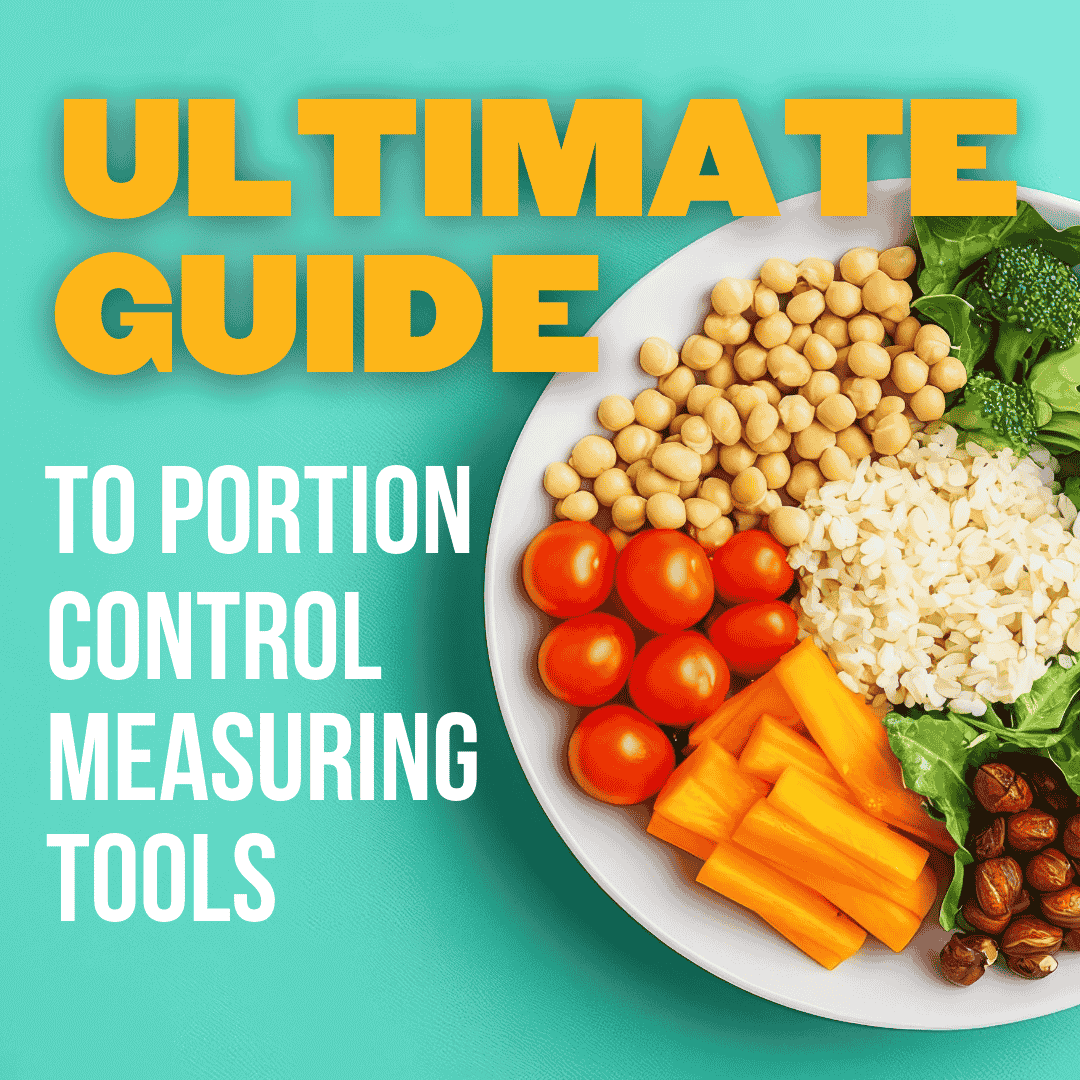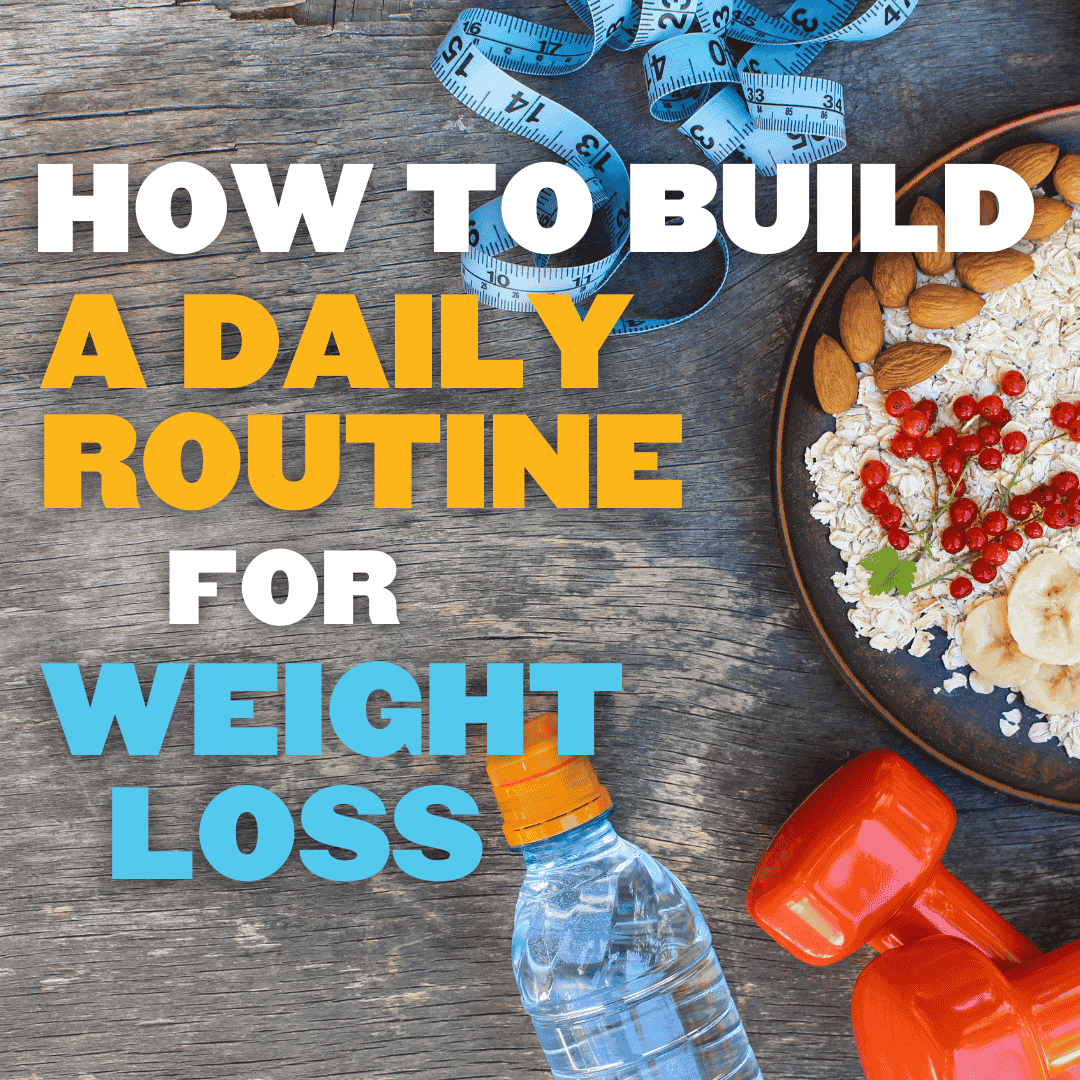Table of Contents
Want to master portion control for healthier eating? The right measuring tools can make all the difference. Tools like digital kitchen scales, measuring cups, and spoons help you get precise portions, manage calories, and stick to dietary goals. Here's a quick overview of the essentials:
- Digital Scales: High accuracy for solids and liquids, with unit conversion options.
- Measuring Cups: Perfect for dry and liquid ingredients; available in stainless steel, glass, and plastic.
- Measuring Spoons: Ideal for small quantities like spices or oils; durable and easy to use.
Pro Tip: Pair tools with visual cues (e.g., a deck of cards = 3 oz of protein) or pre-portioned meal services like Clean Eatz Kitchen for convenience. Ready to simplify portion control? Let’s dive in!
Portion Control Tools
Different Types of Portion Control Tools
Using the right tools can make portion control easier and more accurate. Each tool is designed for specific tasks and helps ensure consistency in your meal preparation.
Measuring Cups for Larger Portions
Measuring cups are available in two main types: dry and liquid. Dry measuring cups have flat tops, making it simple to level off ingredients, while liquid measuring cups come with spouts for easier pouring. Stainless steel cups are long-lasting, while glass and plastic options are lighter and more portable. Keep in mind that British and U.S. measurements differ, so double-check your tools to match your recipe [4].
Measuring Spoons for Small Quantities
Measuring spoons are perfect for small amounts of ingredients like spices, oils, and seasonings. Stainless steel spoons are sturdy and dishwasher-safe, and some designs make it easier to scoop ingredients from narrow containers [5]. These spoons help ensure precise measurements, which is key for balanced flavors and portion control.
Digital Kitchen Scales for Precision
Digital kitchen scales offer high accuracy for weighing both solids and liquids. They’re a great tool for sticking to dietary goals, maintaining consistent portions, and even cutting down on food waste. Many models allow you to toggle between units like grams and ounces, adding flexibility to your cooking routine.
Each of these tools has its place in the kitchen, helping you measure with accuracy and ease. Choosing the right one depends on your specific needs, whether it’s material, precision, or convenience.
How to Choose the Right Measuring Tools
Picking the right tools for accurate and consistent measurements is essential for effective portion control.
Comparing Materials and Durability
Different materials offer various advantages for measuring tools. Stainless steel is known for its durability and resistance to wear, making it ideal for regular kitchen use. It doesn’t rust or degrade over time, even with heavy use [4]. Glass measuring cups are non-reactive, so they’re perfect for acidic ingredients, and their transparency makes them great for liquids. Plastic options, on the other hand, are lightweight and easy to carry, making them a practical choice for travel or occasional use.
| Material | Advantages | Best Uses |
|---|---|---|
| Stainless Steel | Durable, rust-proof, dishwasher-safe | Everyday cooking, frequent use |
| Glass | Non-reactive, microwave-safe, transparent | Acidic ingredients, liquid measuring |
| Plastic | Lightweight, affordable, portable | Travel, less frequent use |
Your choice should match your cooking habits and what you prioritize most, like durability, portability, or ease of use.
Importance of Accuracy and Clear Markings
Look for measuring tools with permanent, easy-to-read markings that won’t fade over time [3]. Standardized measurements are crucial for following recipes accurately, so make sure the tools align with standard units.
User-Friendly Designs and Features
Practical features can make a big difference when it comes to portion control:
- Ergonomic designs that are comfortable to use and easy to store, like nesting sets.
- Handles that allow easy access to deep containers.
- Clear measurement displays for quick and accurate reading.
Some tools also include advanced features. For example, digital scales with unit conversion options are especially useful for precise portioning, which can be helpful for specific dietary plans.
Using accurate and well-designed measuring tools not only simplifies portion control at home but mirrors the precision of services like Clean Eatz Kitchen, where meals are pre-measured for convenience. These tools make portion control easier to maintain as part of your daily routine.
sbb-itb-1989a25
Tips for Using Measuring Tools Effectively
These tips can make portion control simpler and help you develop lasting habits for healthier eating.
Measure Portions for Every Meal
Sticking to portion control means being consistent. Make it a habit to keep your tools handy and measure ingredients while cooking, especially calorie-heavy items like oils, nuts, and grains.
Here are some key measuring tips:
- Use the right tools for dry and wet ingredients, and level off dry ones for precision.
- Keep track of your measurements to maintain consistent portions.
- Store your measuring tools in a convenient spot in your kitchen for easy access.
Use Pre-Portioned Meal Services and Visual Guides
Services like Clean Eatz Kitchen make portion control easier by providing meals under 600 calories. They balance servings with about 4–6 oz of protein (think the size of a deck of cards), 1/2 cup of grains (like a tennis ball), and 1 cup of vegetables (about the size of a baseball).
If you don’t have tools on hand, visual cues can be a great substitute:
- A deck of cards equals 3 oz of protein.
- A closed fist is roughly 1 cup of vegetables.
- A tennis ball represents 1/2 cup of grains.
- A thumb tip is around 1 tablespoon.
Practicing with these visuals can sharpen your ability to estimate portions, which is especially helpful when eating out or in social settings.
Conclusion: Using Measuring Tools for Better Portion Control
Accurate measuring tools play a big role in sticking to a healthy diet and achieving nutritional goals. Reliable tools help ensure consistency and precision, making portion control easier to manage over time. Pairing these tools with regular habits can turn portion control into a simple and effective part of your routine.
Building lasting habits is the foundation of portion control. Keep your measuring tools within reach and use them regularly to get a better sense of proper serving sizes. Digital scales offer precise measurements, while measuring cups and spoons make meal prep quick and straightforward. Whether you're using tools, meal services, or visual strategies, staying consistent is what matters most.
Pre-portioned meal services can also help simplify portion control by removing the guesswork. For example, Clean Eatz Kitchen offers meals that are already portioned, providing a convenient way to stay on track. And when tools aren’t available, practicing with visual cues can still help you maintain control over portions.
The combination of the right tools, steady habits, and practical alternatives can make portion control achievable. Whether you rely on tools or visual methods, the goal is to stick to portion control for healthier living.
FAQs
Which portion control tool works best when serving soups or sauces?
For soups and sauces, ladles with measurement markings and liquid measuring cups are excellent choices. Ladles are heat-resistant and come with built-in measurements for accurate serving. Liquid measuring cups, on the other hand, feature graduated markings and a spout for easy pouring.
| Tool Type | Best For | Key Features |
|---|---|---|
| Marked Ladles | Hot soups, thick sauces | Heat-safe, precise portion markings |
| Liquid Measuring Cups | Cold liquids, thin sauces | Graduated measurements, easy-pour spout |
"For soups and sauces, ladles with measurement markings or liquid measuring cups work the best", says Bianchini [1][2].
If you don’t have these tools on hand, visual cues can help you estimate portions consistently. Alternatively, pre-portioned meal services like Clean Eatz Kitchen take the guesswork out of measuring, offering ready-made meals with accurate portion sizes.




